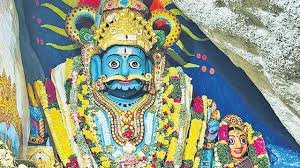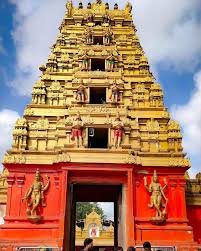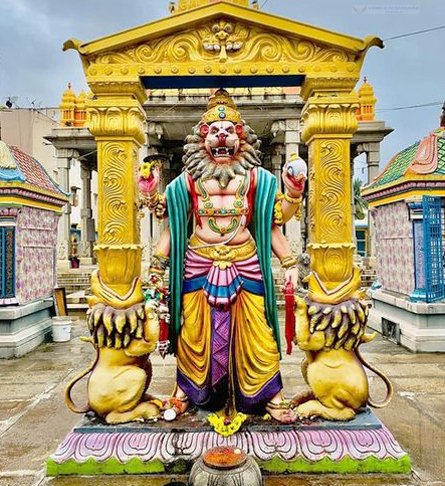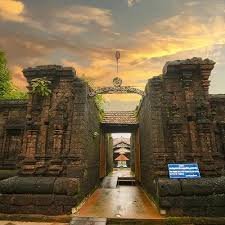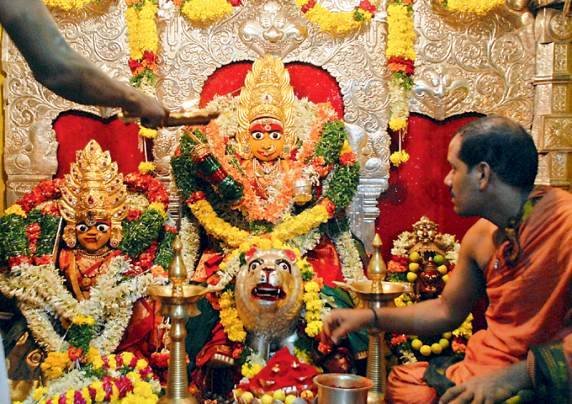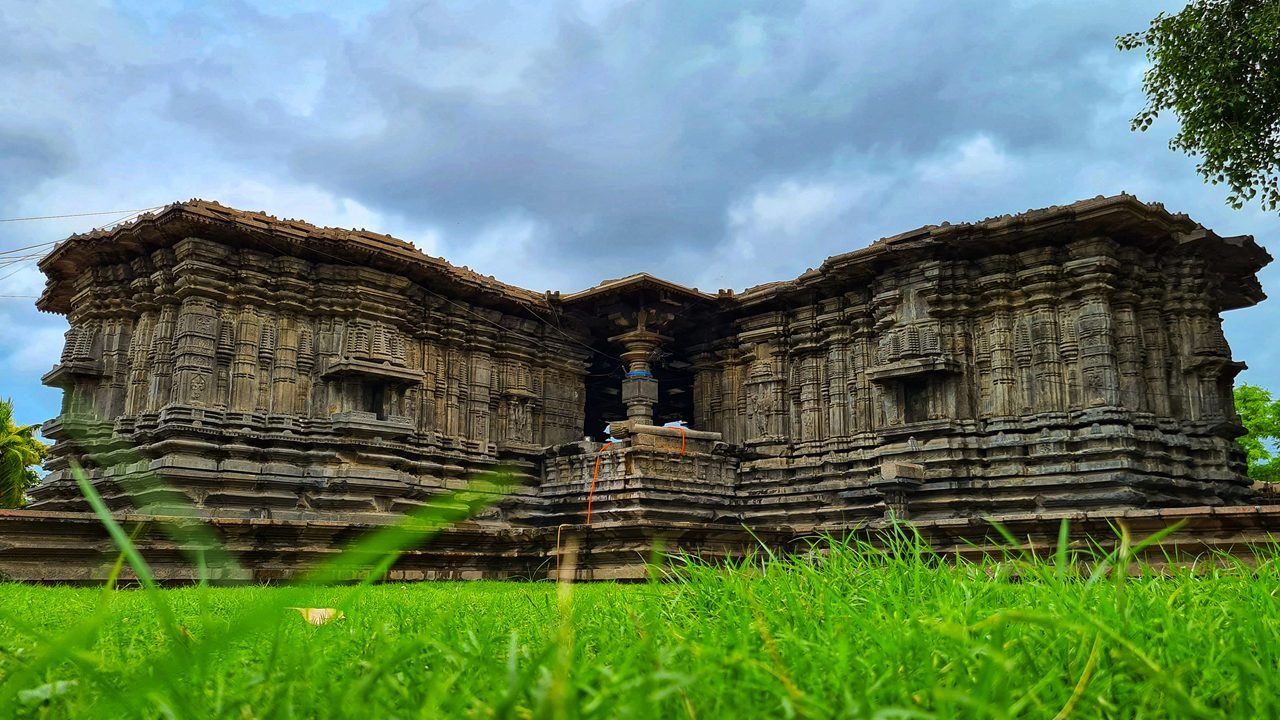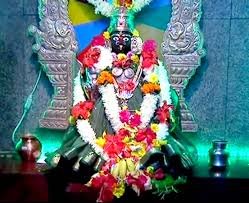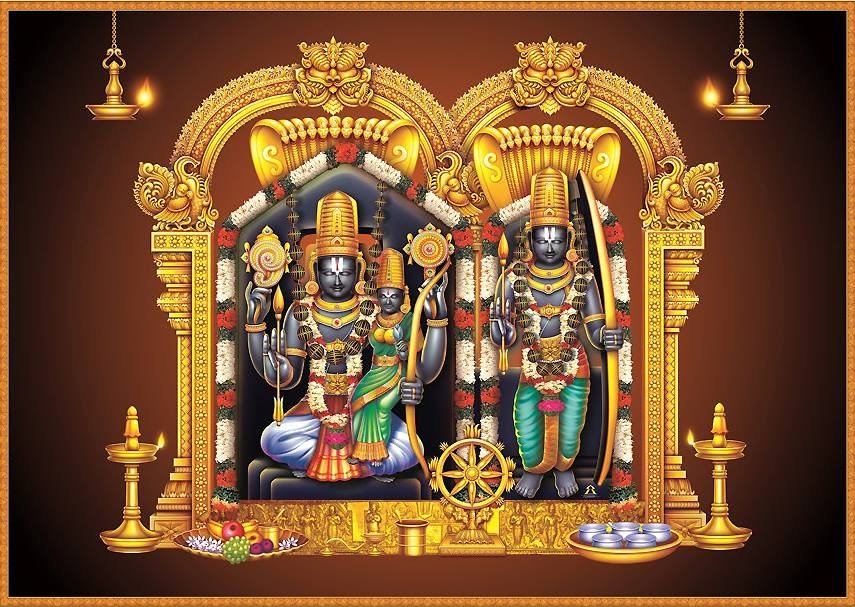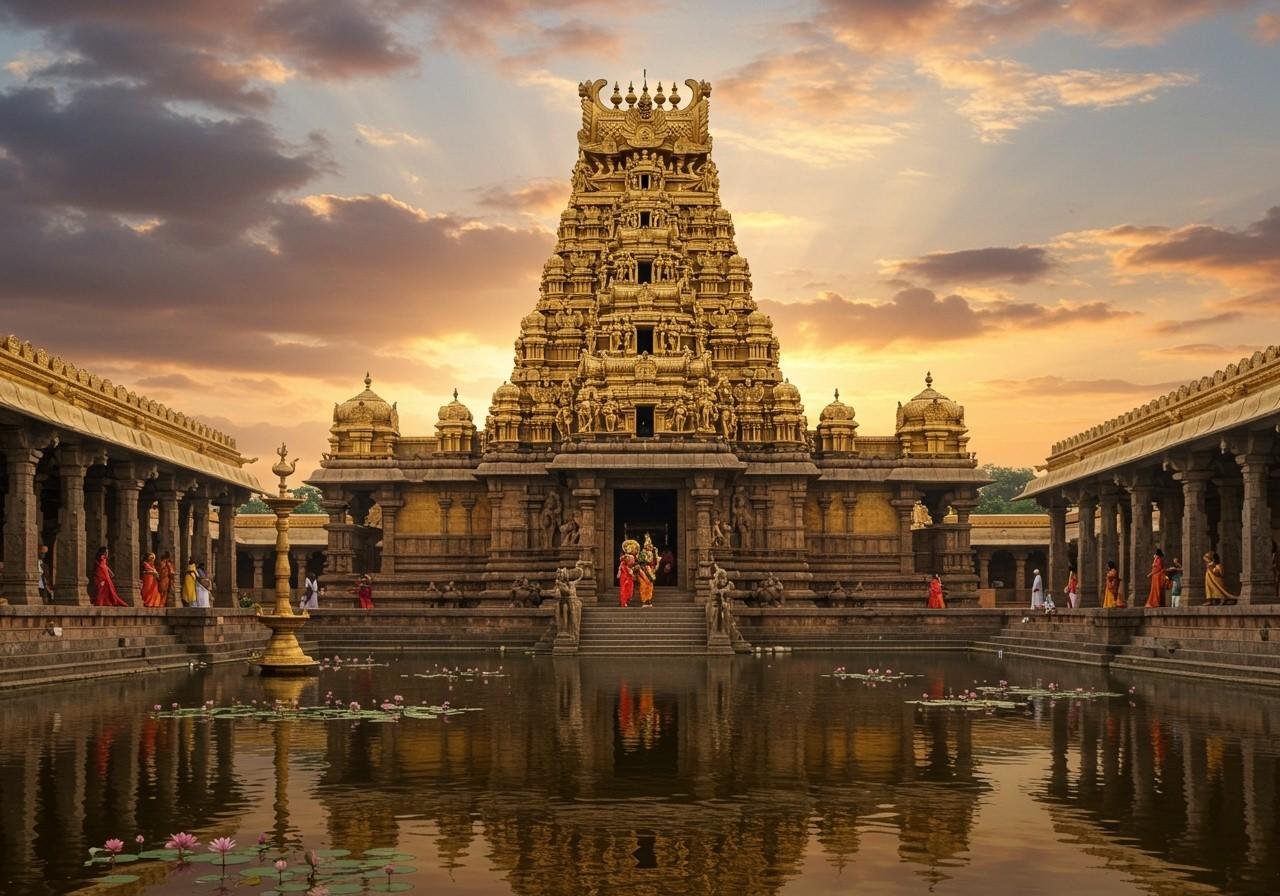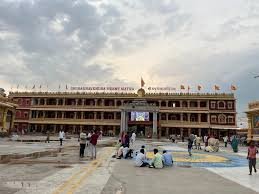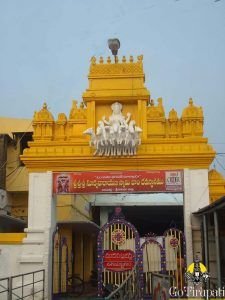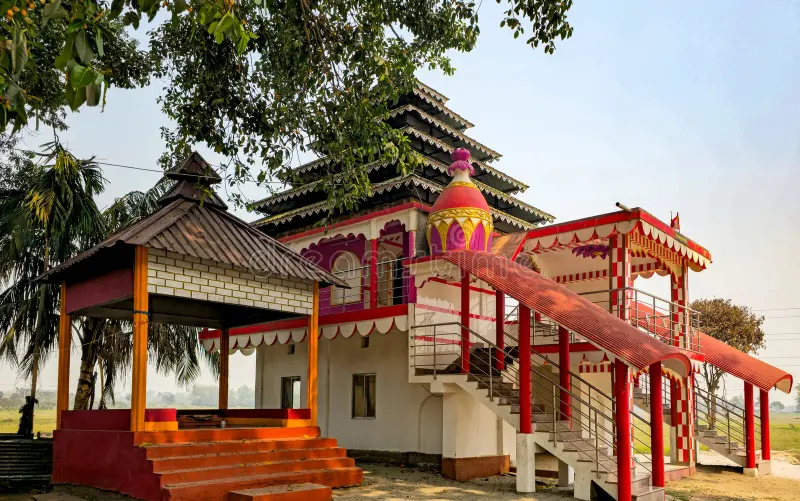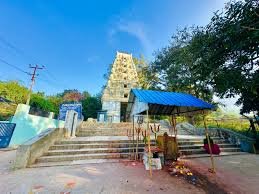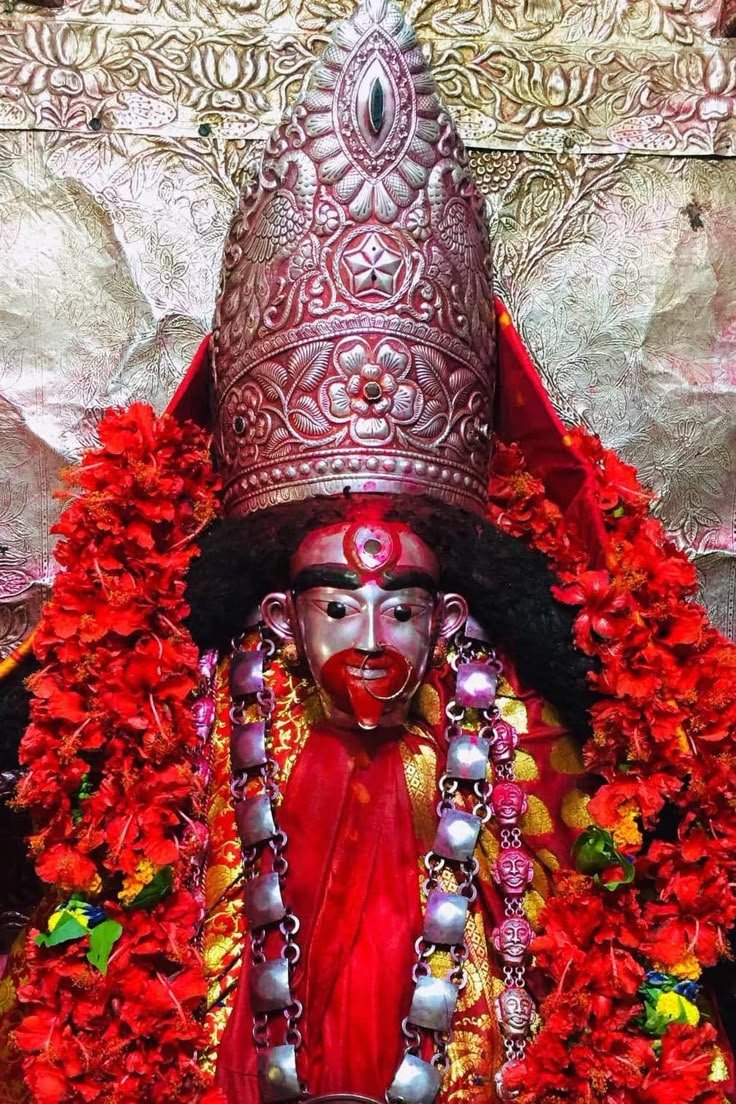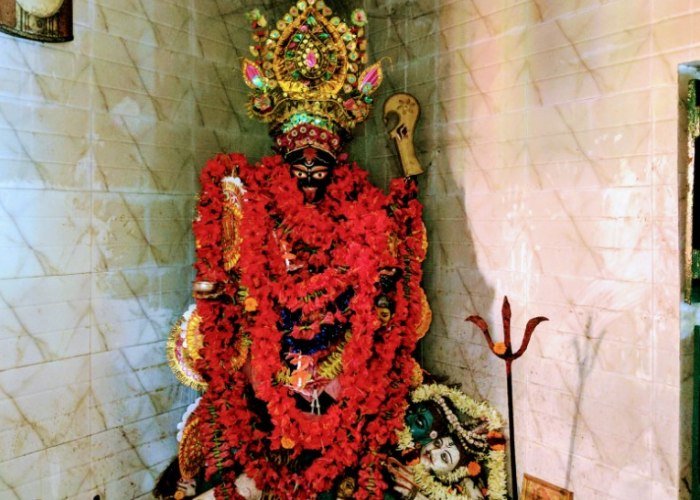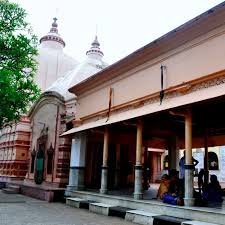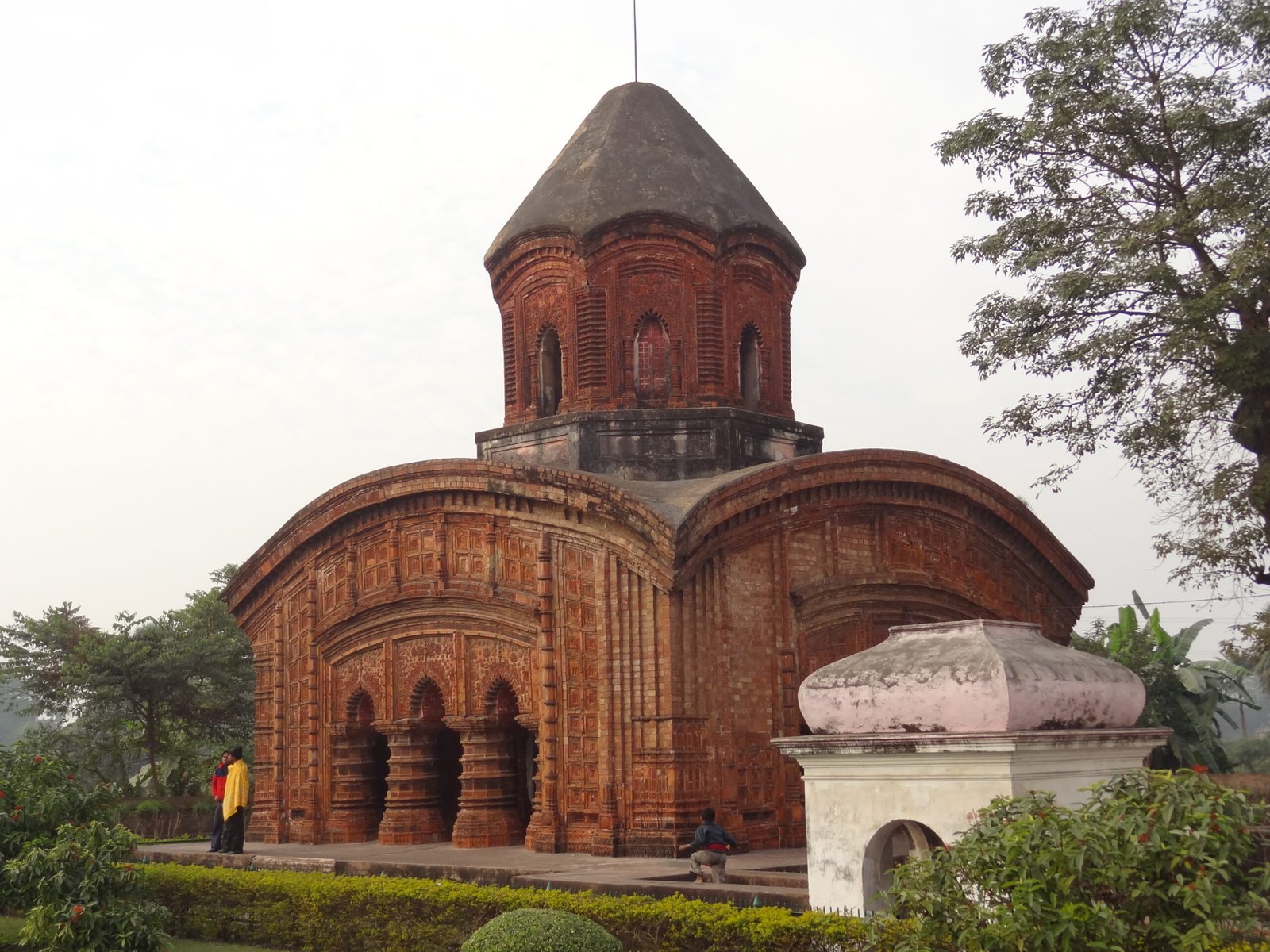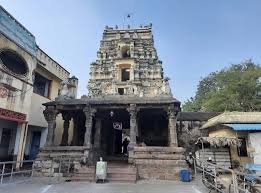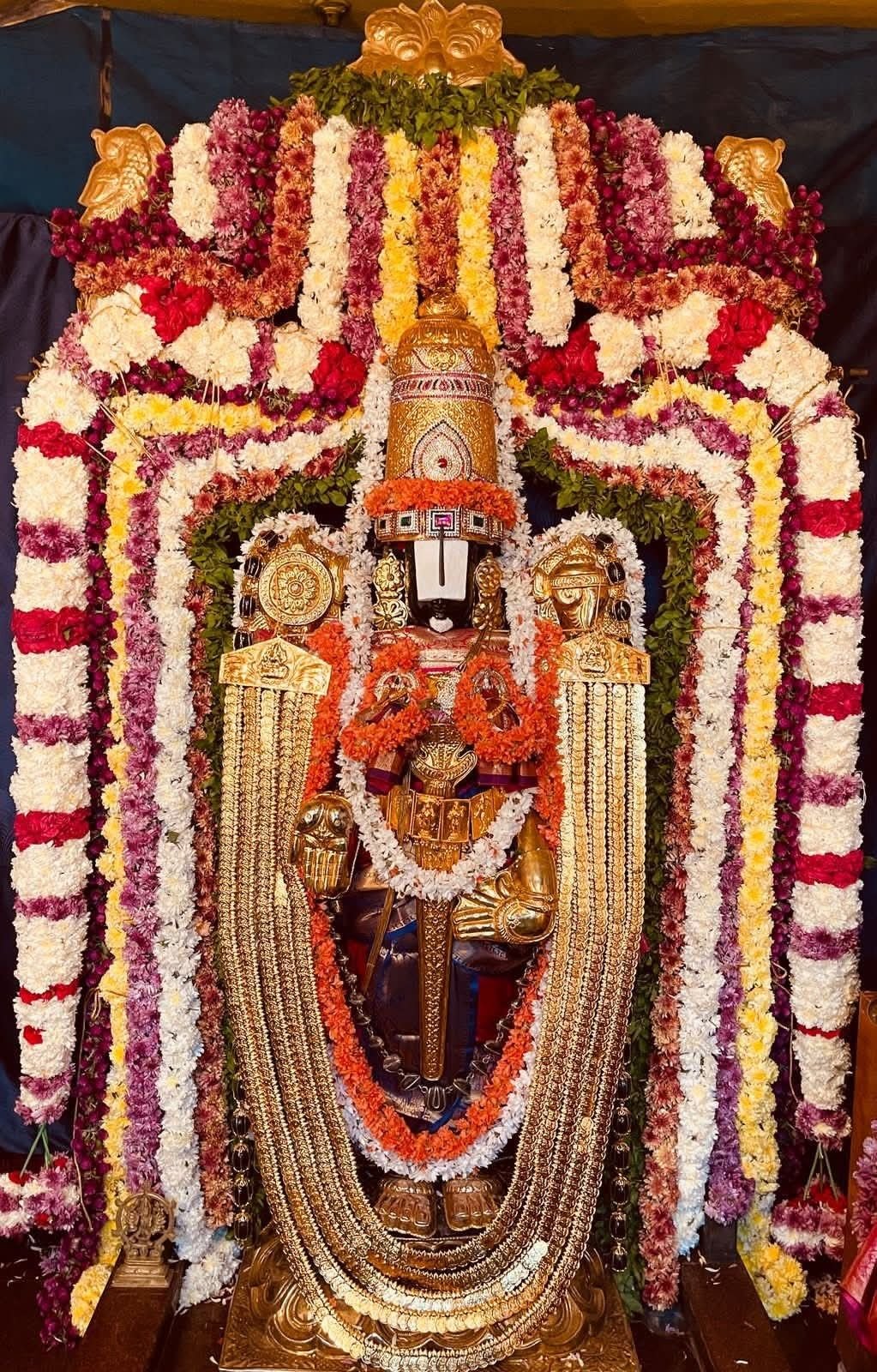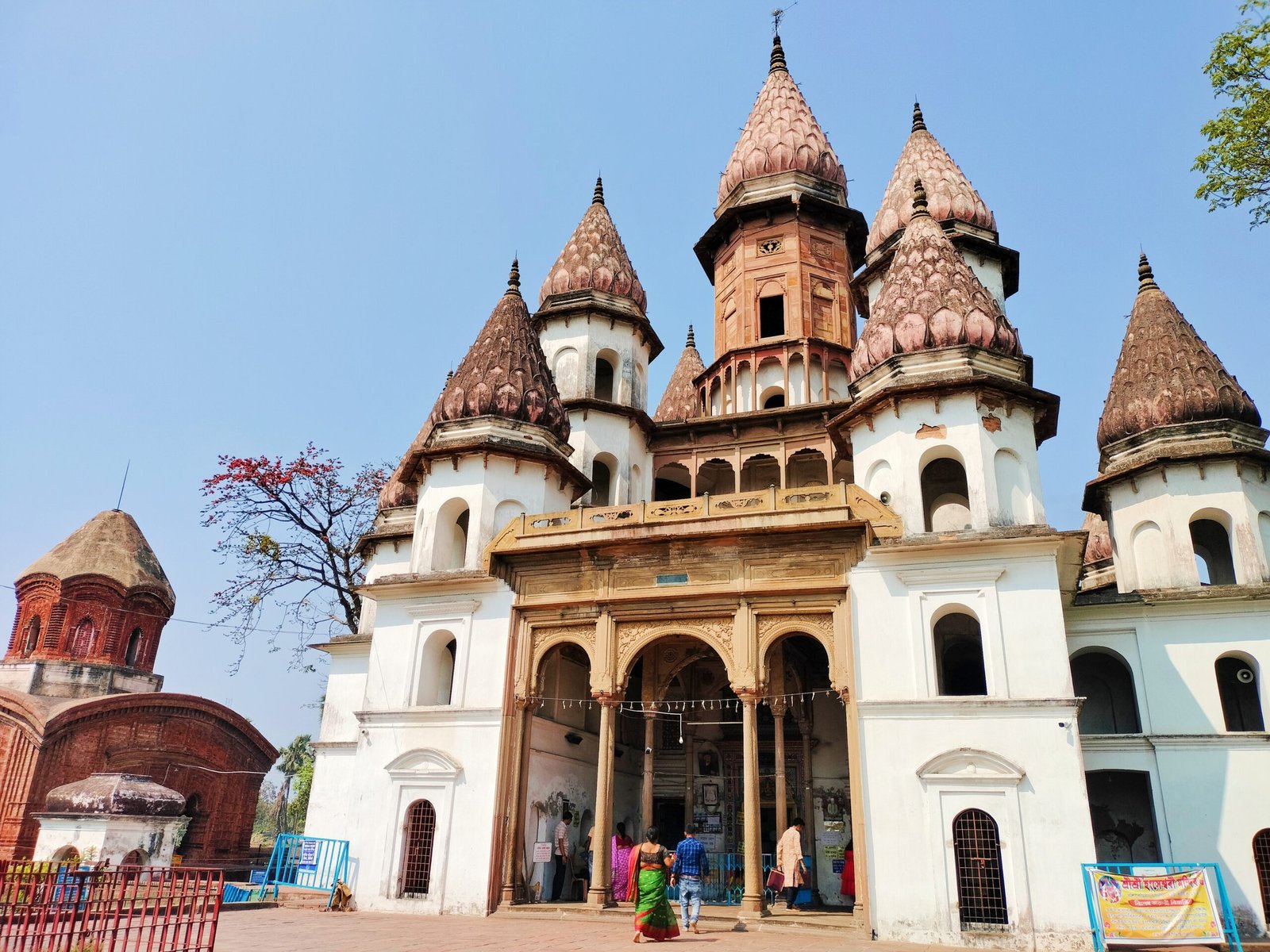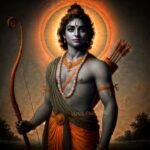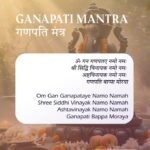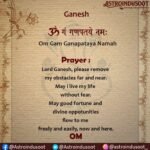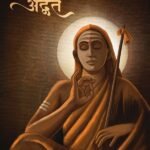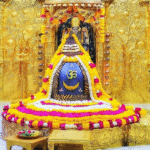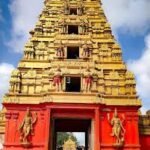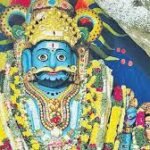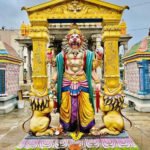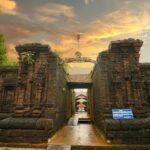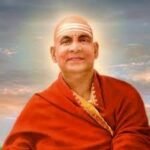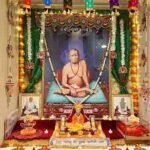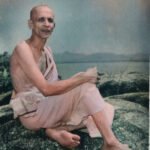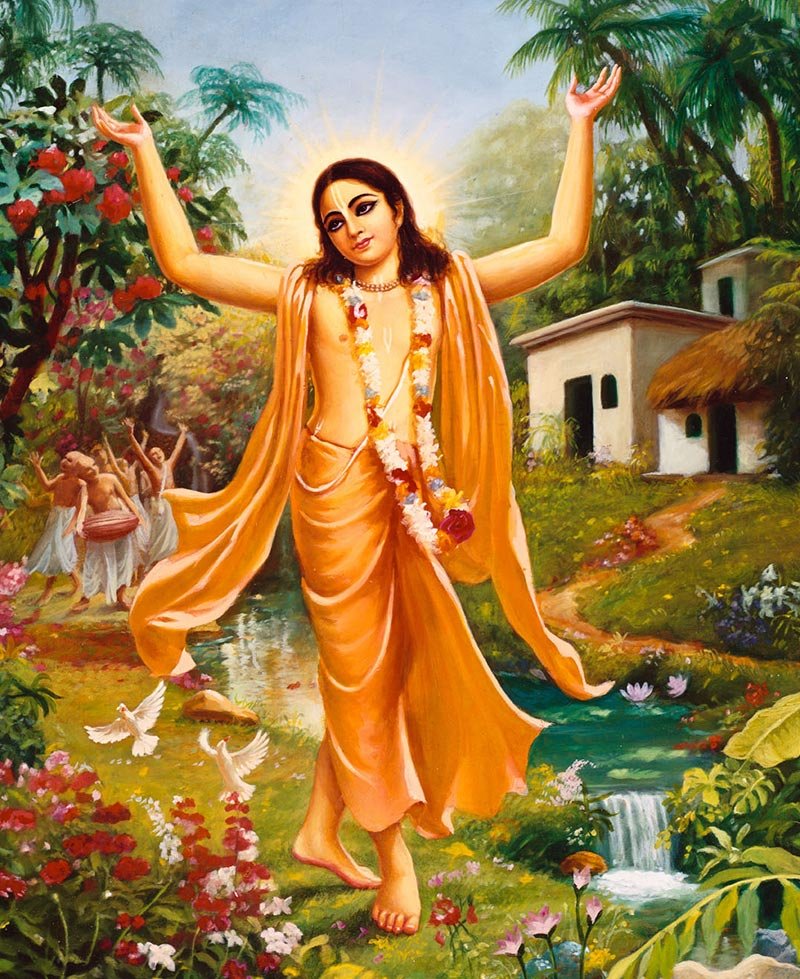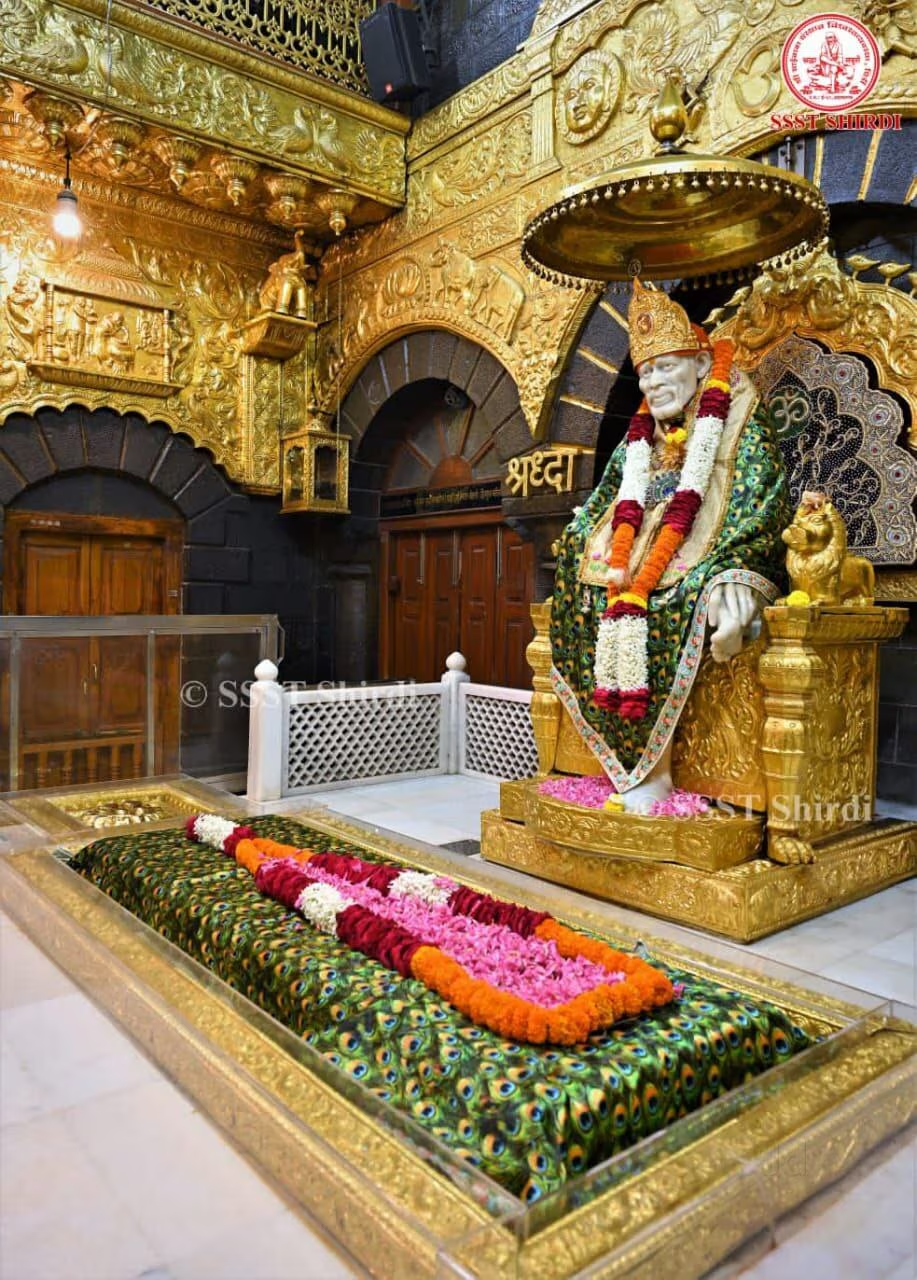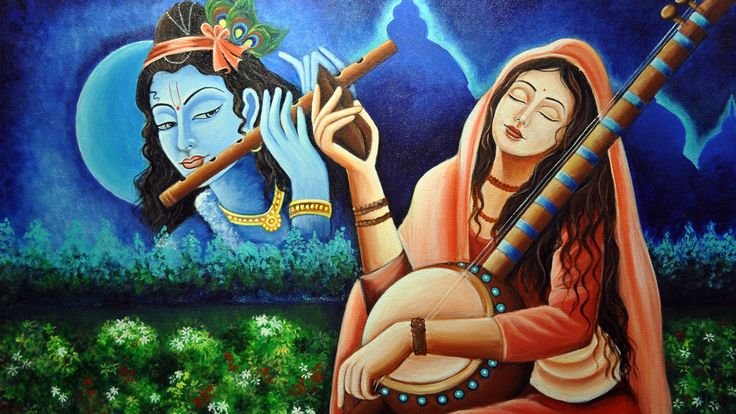Satyadhyana Teertharu

Satyadhyana Teertharu.
Shri 1008 Shri Satyadhyana Teertharu was born in an ancient family of erudite scholars in a village called Chikkodi, Karnataka state in 1872. It is a prestige and honor to the family. His purvashrama name was Sethuramacharya, his father’s name was Jayacharya.
As usual in all orthodox Brahmin families, Sethurama had his Brahmopadesa at the age of 8 and started his serious studies in Sanskrit language and shastras under the guidance of his father who was a great scholar himself. Sethurama continued to study under his father and other well known pundits of the day. He was extremely intelligent and became an accomplished, erudite scholar in all branches of Indian philosophy, grammar and literature in Sanskrit before he completed his 20th year. He would pick up any gauntlet thrown by any adversary in any branch of orthodox learning and win a resounding victory over him. He was married and lead a normal life of a learned Brahmin householder, teaching Shastras to many students and scholars.
Life History
About 40 miles from Miraj there is a small village by name Chikkodi. In this very sacred land Sri Satyadhyana Teertha Sripada was born. His Poorvasharama name was Sri Seturamacharya Korlahalli. Korlahalli Gharanas was so fortunate to have produced 3 peethadhipatis for Sri Uttaradimatha and got the honour of doing nitya pooja of Sri Moola / Digvijaya Rama devara pooje for years together. In this great family with Bhagavat Anugraha Sri Satyadhyana Teertharu’s birth took place. He was born on Paushya Shuddha shasti Shake 1792 according to Hindu Almanac. His father was none other than Sri Jayaramacharya (Poorvashrama name of Sri Satyadheera Theertharu) and his mother’s name was Smt Krishnabai. Before him Sri Jayaramacharya was blessed with three daughters and one son. Sri Seturamacharya’s elder brother’s name was Sri Raghavendracharya and after him Sri Seturamacharya was born after four years.
Sri Raghavendracharya died at the tender age of 10 years after completion of his upanayana sanskara.Sri Seturamacharya was not keeping well in his early days and because of this his father used to give more attention towards him and also he was one of his dearest child. Even then no compromise was made towards his early education. His early Shastra adhyayana was done in Chikkodi itself at his father’s lotus feet. As per tradition and rituals he was married at the age of 16 years. He was married to daughter of Sri Srinivasacharya Datar of Athani. His wife’s name was Smt Savitribai. saint subsequently. circular chamber, likely served meditative practices and gatherings.

At this time the Sri Uttaradimath’s peethadhipati was Sri Satyaveera Teertha Sripadangalavaru (his poorvashrama name was Sri Bodharayacharya and he belongs to the same Korlahalli gharana).

Dakshina Sanchara.
After Swamiji moved from Padmasarovar he arrived in Kumbhakonam. There use to live one pundit by name Sri Seshacharya who was follower of Sri Ramanuja Sampradaya (Vishistha Advaita sect). He himself was a great pundit and his followers use to call him “CHATUSHASTRA KALPATARU”. When Swamiji arrived in Kumbhakonam one gentleman challenged him to prove his credibility by proving to others that his Vishistha Advaita Siddhantha is superior to the Dwaita Siddhantha established by Sri Madhvacharya. In other words he asked the pundit to save his title “CHATUSHASTRA KALPATARU” by debating the same with Swamiji.
Apart from this some prominent people from local Brahmin community wrote to Sri Seshacharya to prove his superiority. Some even told him to remove the title of “CHATUSHASTRA KALPATARU” if he is not able to prove the same in front of Swamiji. Sri Seshacharya became very furious after receiving this letter signed by different people of Kumbhakonam. He thought that Sri Uttaradimath is purposely arousing these people to write against him and challenging him to have a debate with Swamiji. He decided to send a messenger to Muth to clarify the same. The messenger met Swamiji and asked him on behalf of Seshacharya that, being a Sanyasi and Mathadhipati is it
proper for him to send a letter like this. To this Swamiji informed the messenger that the letter has not been sent by him and nor by his Shishyas. Even then Swamiji informed him that what has been written in the letter is very correct, and after reading the same we would like to invite Sri Seshacharya to prove his superiority over us. Swamiji then called Sri Kowlagi Yadunathacharya and asked him to meet Sri Seshacharya and invite him for a debate on his behalf.
Acharya did the same what was informed to him. To this Sri Seshacharya asked Acharya, what is use of such debate? There are many similarities between Sri Ramanuja Siddhantha and Sri Madhva Siddhantha. Then there is no meaning for any such discussion.
Then Acharya informed Sri Seshacharya that the path to attaining Mukti is not the same between both Siddhantha. Madhva Siddhantha believes in attaining Mukti in the gradation/Taratamya specified by Sri Madhvacharya where as the same is not accepted in Sri Ramanuja Siddhantha. You can debate on the same topic with Swamiji and prove yourself correct. This is a golden opportunity for you to save your title and Siddhantha. To this Sri Seshacharya agreed to come for a debate. He then came to Sri Uttaradimath to have a discussion with Swamiji on the topic “Attaining Mukti by Ananda Taratamya”. Sri Seshacharya could not give answers to Swamijis question and was defeated.
Sri Seturamacharya was not an ordinary student. He was very intelligent and sharp in studies. His guru was surprised to see that he used to grasp everything quickly. Repetition was not required at all with this student amongst all others. After learning Nyaya at his guru’s feet he started studying Madhva Shastra on his own. After that he did his Sudha Mangala with Sri Satyadheera Theertha Sripadangalavaru. He then completed Nyayamruta, Tarangini, Chandrika etc etc at the place of Sri Sridharcharya Talvalkar. Sri Sridharacharya Talvalkar was one of the greatest Vidwan from Maharastra in those days.
After completing studies of sastras Sri Seturamacharya was appointed as Diwan of Sri Uttaradimatha. The Diwan’s responsibility was very great in those days as he has to take care of the matha properties and also take care of the day-today activities of Matha. There were a number of wily people who wanted to tarnish the image of Matha. Thus his responsibility as Diwan was dual. He was responsible to take care of Shihyas, belongings of Matha and also at the same time the image of the matha had to be maintained intact. This was very tough in those days. Because those who were there at the time of Sri Satyaveera Theertha were still present and tried to tarnish the image of Sri Matha. Keeping In view all this Sri Satyadheera Teertha appointed Sri Seturamacharya as Diwan of the matha.
Even though he was Diwan of the Matha he used to teach Patha/Pravachane to Sri Matha Shishyas. He has the distinction of producing many vidwans in his tenure. Most of the students from Maharashtra/Karnataka aspiring to learn shastras were his shishyas. After he took over as Diwan of Sri Uttaradimatha he took care of vidwans and made all arrangements for their stay/food/education. He used to conduct vidwat sabhas for the benefit of vidwans, used to do daily anna santarpane. He has spent lakhs of rupees for the benefit of people and also supported many families through Sri Matha

After Sri Satyadheera Teertha Sripadangalavaru enterd brindavana, Sri Satyajyana Teertha Sripdadangalavaru took over the pontificate of Sri Uttaradimatha. Sri Satyajnana Teertha did his formal education along with Sri Seturamacharya. He was the Vidya guru of the pontiff. Even during his period Sri Seturamacharya was diwan of the Matha. Later he has given Sanyasa Dikha to Sri Seturamacharya on Paushya Vadya Dasahami Shake 1833 and conducted a grand Pattabhisheka and named him Sri Satyadhyana Teertharu. At that time Sri Satyadhyana Teertha donated all his estate estimated around Rupees Three Lakhs (valuation prevailing at that period) to Sri Uttaradhimatha.
There used to live a great advaiti pundit by name “Sri Chandrasekhara Bhatt”. He had invited Swamiji for a debate and swamiji accepted that and entered into a debate at the famous place called Akshaya Vatika.
Later Swamiji informed them if you come and prostrate before me for sake of doing so then it’s of no use. He invited them by accepting all their conditions and asked them to sit in front of him on a chair as per their conditions and start the debate. The debate used to start daily at 4:00 pm and used to end at 8:00 pm. Later, in this debate also he defeated all pundits and made them prostrate in front of him of their own volition ashamed of their laying down conditions and accepted their defeat.
With this I also take an opportunity to give a brief introduction about my Late Grandfather Pratha Smaraniya Vaikunthavasi Sri Dadacharya Kale. My grandfather was most popular by name Dadacharya Kale, whereas his actual name was Sri Balkrishna Kale (I am named after him
Source: KaleBalkrishna’sWeblog

